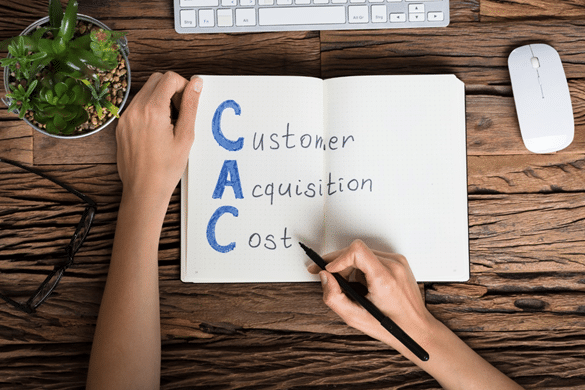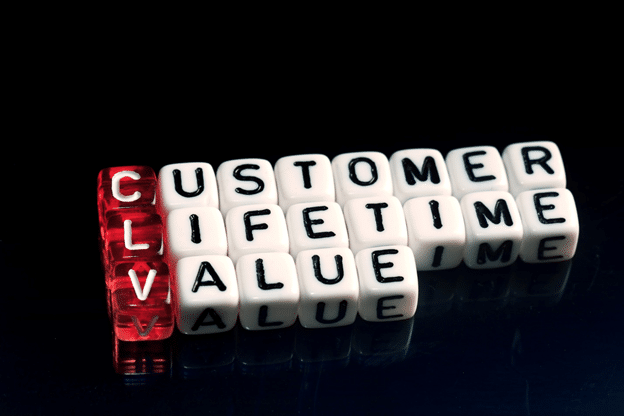Overview
Do you know how your business’s digital marketing performs? What works and what does not? The best way to see how successful your internet marketing is through using the right marketing metrics.
In the dynamic realm of digital marketing, data serves as the North Star guiding strategic decisions. However, with a plethora of marketing metrics available, pinpointing the ones that truly matter can be overwhelming. Welcome to a guide designed to demystify this metrics maze.
You have heard experts discuss before how important it is to track your marketing metrics. It sounds like a great idea. The only challenge is you are not sure which marketing metrics you need to track.
This blog post sheds light on the key performance indicators (KPIs) that unveil your campaign’s effectiveness. From click-through rates that measure engagement to conversion rates that gauge action, we delve into the metrics that yield actionable insights. Elevate your marketing prowess as we unravel the metrics that illuminate your path to informed, impactful decisions.
5 Digital Marketing Metrics to Track
1. Customer Acquisition Cost (CAC)
The first thing you need to know is how much does marketing and sales cost to acquire each customer.
This includes the advertising, programming, salaries, and overhead for a specific time-period. Once you have a final number divide by the number of new customers.
For example, if you spent $10,000 getting 50 new customers your CAC is $200 per customer.
If your product sells for $175 you either need to increase the price, have some add-ons to increase the value, or need an on-going plan to make it profitable.
We discuss in further detail below how to calculate the lifetime value and time for payback of CAC. For now, keep in mind understanding customer acquisition costs is the first step.

2. Marketing Percentage of CAC (M%-CAC)
One thing all sales departments want to know is how many sales originate from marketing. Sales and marketing want to trace the flow of a lead into a customer to understand what marketing efforts work best.
The M%-CAC helps you do this. It takes your CAC and evaluates what percentage of marketing costs attributed to your return on investment.
If you spend $1 to get a new customer, what is the breakdown of costs between the marketing and sales department.
A heavy sales process like a service-based business might have a low M%-CAC rate between 10-20%. Most of the acquisition spend goes to the sales commissions and related overhead.
However, an ecommerce site might have M%-CAC around 60-90% because sales plays a small role in the process.
Each industry varies based on their needs. The M%-CAC identifies how much of the spend goes to sales and marketing, so you have a clear understanding of how each department drives revenue.
3. Customer Lifetime Value to CAC (LTV:CAC)
We discussed lifetime value a little in the first section. However, let us address this issue in further detail.
Ideally, customers are not one-time transactions. They work with you once and see how much value you bring to the table. Then they keep coming back for your services.
You need this to receive a positive return on your marketing investment in most industries.
Using the example, above, let’s say you have a CAC of $200. However, if your average sale per customer is $175 this could be a problem for certain industries.
For example, if you are selling TV’s then this is a challenge. Some new flat screen LCD TV’s have a lifespan of 100,000 hours of view time. Try making that into a recurring revenue model.
However, if you are a masseuse charging $175 for an hour of services this works. Ideally, some of your customers will come back and use your services on an ongoing basis.
Let’s use the $10,000 marketing spend we discussed earlier.
If half of your customers (25) come back at least once you earned $13,125 from a $10,000 marketing budget. This is a 31% profit.
Lifetime value therefore not only calculates a one-time transaction, but all the revenue from one customer.

4. Time to Payback CAC
You need to take the lifetime value one step further examining how long it takes to recoup your investment.
It is great you know the lifetime value of a customer is $350 based on the example above. However, the next question is how long does it takes to generate this revenue.
For example, the hypothetical masseuse we discussed above ideally gets half of these customers to come back within 2 months.
Conversely, some companies take monthly or annual fees want to see a return within 12 months. They price out their software to be profitable within the span of 1 year.
Understanding this metric is crucial to the survival of your company. If you have a marketing budget of $10,000, but need this to last 2 years, you would go out of business before you completed your marketing plan.
If this spend is for 3 months, and you can be profitable in 2 months you are good.
5. Marketing Originated Customer Percentage
The second marketing metric was M%-CAC. This calculated the costs of marketing compared to sales.
We also need to know how many sales came from marketing. Look at how many sales closed in a specific time-frame (week, month, quarter, year, etc.). Then track how many of them were originally marketing leads.
Understanding this requires the right data. Track your marketing metrics using a number of analytics and CRM tools to make sure you know the exact number of leads that became customers.
Final Thoughts
Marketing has many different metrics to analyze the effectiveness of a campaign. The key is which metrics improve your marketing in the future.
At our internet marketing agency in Melbourne we track more metrics besides the above mentioned metrics. If you need help tracking the right marketing metrics from your digital marketing, contact us for a free consultation session with us at Shout!.
